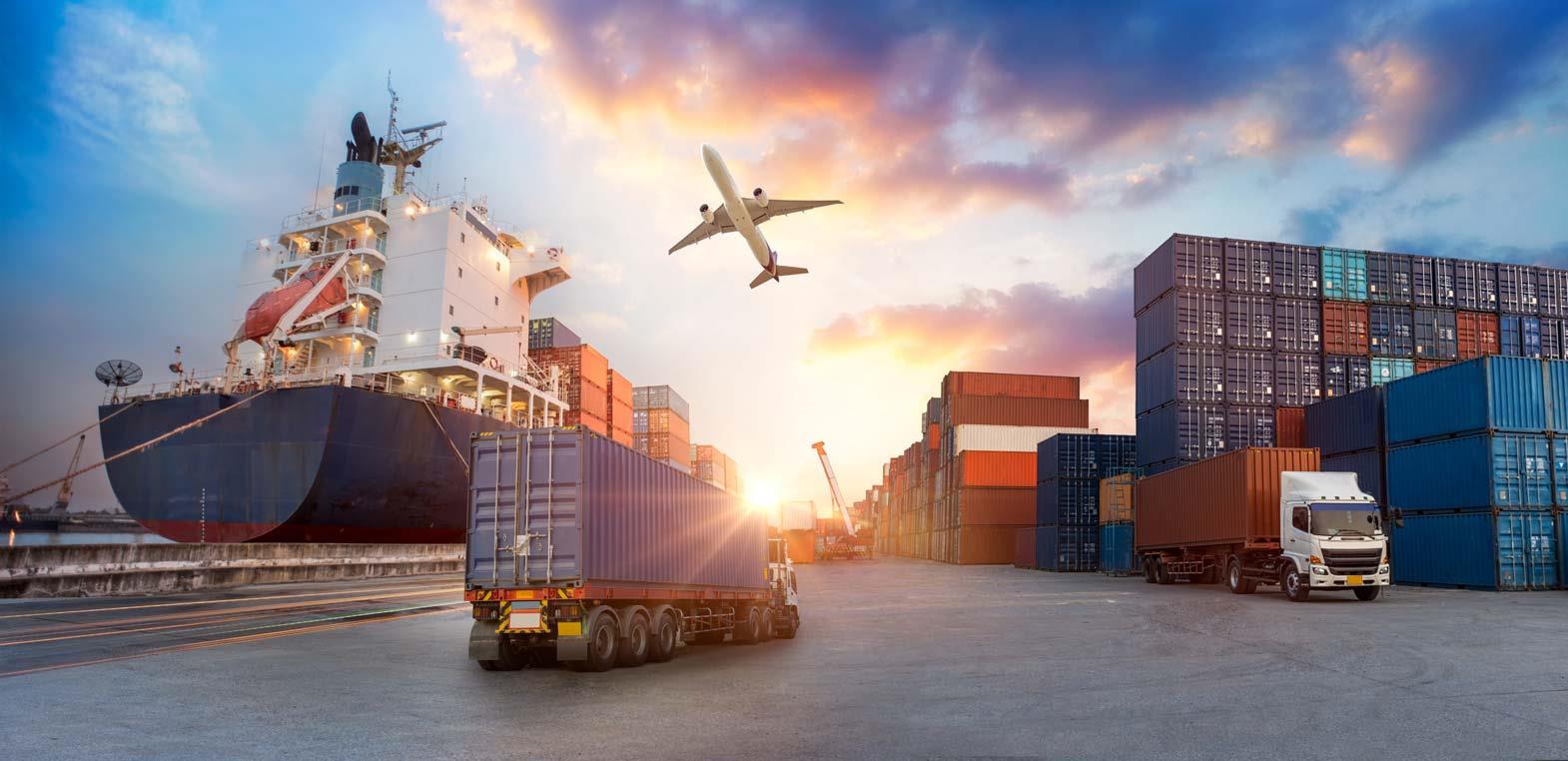The textile industry is the world's most pollution-emitting industry. It makes use of various chemicals and hazardous poisons. Almost 2000 different types of chemicals are used in the textile industry. They are released either into the water bodies, emitted into the air, or disposed onto land. It consumes water and energy immensely that could have been used for other purposes. This industry is accused of leaving carbon footprints behind.
Logistics is an important part of the textile industry. The textile industry is full of competition. Missing out on opportunities because of indiscipline may prove disastrous. Logistics ensures that raw materials and finished goods reach the agreed destination on time. Its role in boosting the textile industry cannot be ignored. But the sad fact is that this is applicable to pollution emission as well! Textile logistics is an equal contributor to pollution.
The need for sustainable practices is increasing in textile logistics. Any step in this direction is the right step to take. Textile owners can see to it that they emit less pollution and carbon into the atmosphere by opting for trains and ships to carry their goods from one place to the other. Using these mediums to transport goods from one place to the other is environmentally friendly as compared to trucks and airplanes.
Manufacturers and retailers of textiles usually make use of airplanes to transport raw materials and finished goods over long distances. Otherwise, they use trucks to move their goods. Research indicates that these two modes are the most pollution-emitting modes of transport in logistics. Aircraft engine emissions consist of around 70 percent of CO2 gas that is released into the atmosphere.
It is a common belief among textile retailers and manufacturers that trains are good for bulk transportation in long journeys. However, there is no doubt to the fact that they are way lot cheaper as compared to air planes. Ships are the cheapest modes of transport. Though they take long, they are advisable for the textile industry. This is because the textile industry has to transport very little goods that decay in a short span of time.
The use of ships and rails is recommended for the textile logistics sector. According to studies, emission of greenhouse gases can be reduced up to 99 percent by switching from the use of planes to the use of ships. In 2008, Levi Strauss altered its shipping practices. It decreased its use of trucks and air planes to transport goods and increased its use of ships and rails. It found out that it had reduced its carbon dioxide emission by 700 metric tons for that year.
Use of all these modes of transport have some or the other effect on the environment. Harmful toxins like carbon dioxide, nitrogen oxide, sulfur oxide, ozone, and other matters are released into the atmosphere. But the release of such poisonous chemicals is the maximum in airplanes and trucks. Airplanes release carbon dioxide, nitrogen oxide, and water vapor up to three times more into the atmosphere as compared to cars.
Climatic changes are a result of the emissions of these kinds of hazardous toxins into the atmosphere. Other than causing air pollution and noise pollution, these modes of transport can negatively influence global warming. Planes emit around 0.8320 lb CO2/ton-mile and ships emit around 0.0146 lb CO2/ton-mile. Clearly, planes emit more CO2 than ships and are hence, more harmful and avoidable as compared to the later.
The use of ships is less in textile logistics. This is because of the enormous amount of time consumed with the transportation via ships. The use of rails is mostly resorted to when it comes to the transport of goods in a large quantity. It proves cheaper to transport goods via train when the goods are in bulk. Textile retailers and manufacturers mostly prefer to transport their goods via trucks for local destinations and via airplanes for overseas destinations.
The scenario is slowly changing though! Awareness among retailers and manufacturers is increasing in terms of sustainable practices in logistics. The use of ships and rails in textile logistics is expected to grow by leaps and bounds in the near future. Logistics and supply chain was one area in the textile industry that remained largely unnoticed. With sustainability practices getting the limelight, it is bound to be touched upon by retailers and manufacturers in future.
References:
- Kuklu.com
- Oecotextiles.com
- Nrdc.org
- Theglobalist.com
- Wiki.answers.com








Comments